5100 Mini-Store (5100 微型百貨) takes art out of the exhibition space and online, where viewers become a part of artist Wu Chien-yi’s (吳芊頤) work by shopping for canvases depicting nearly 400 products on her blog or the Ruten (露天拍賣) online auction site.
Canvases created for 5100 Mini-Store are currently on display as part of the 2011 Taipei Arts Award (臺北美術獎) exhibition, which is at the Taipei Fine Arts Museum (台北市立美術館) until March 4.
The concept for 5100 Mini-Store was inspired by the experience of browsing online auctions and stores. Wu used image thumbnails on Web sites like Ruten and Go Happy (快樂購物網) as visual references.
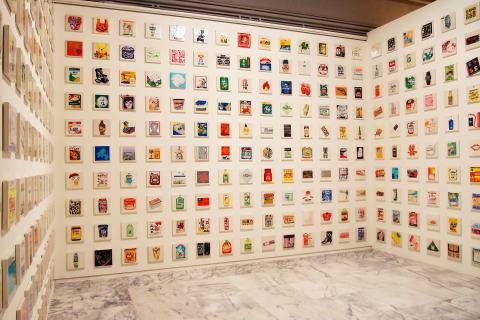
Photo courtesy of Wu Chien-yi
“When we look at listings online, everything has been reduced to a photo, one after another. On the Internet, everything looks the same, no matter what it is. It’s all uniform,” says Wu.
Wu used colored tape to create each of the 21cm2 canvases, which show items ranging from detergent to Gucci wallets. There are several depictions of Andy Warhol’s most recognizable artworks; one canvas features the cover of Walter Isaacson’s Steve Jobs biography. The canvases are priced at NT$3,000 each and can be purchased on Ruten or by contacting Wu through e-mail.
The amount of detail in each of Wu’s images varies from canvas to canvas, but many of the brands are recognizable upon first glance.
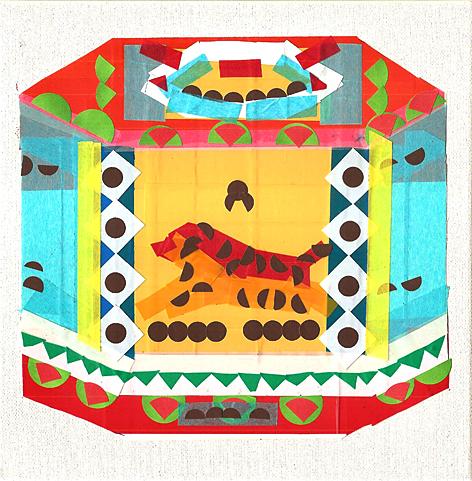
Photo courtesy of Wu Chien-yi
“[Wu] uses the same material in all of the canvases and they are all the same size, which focuses our attention on the question of how we determine each object’s value,” says artist Wang Jun-jieh (王俊傑), who was part of the jury that selected pieces to be included in the Taipei Arts Award exhibition. Wu was one of 15 artists picked from a pool of 264 submissions.
Wu, who began conceptualizing the project a year ago, spends 40 minutes to about two hours working on each canvas. A series of food items features snacks such as a bag of peanut M&M candies, Oreo cookies and cans of soft drinks like Pepsi, Coca Cola and Sidra. Entertainment products include a black Nintendo Wii console and an HTC Wildfire S smartphone. Other canvases show quotidian objects like a white Mono plastic eraser and a pack of 3M Command adhesives.
One series of canvases focuses on products that were found to contain di(2-ethylhexyl) phthalate, or DEHP, during a food contamination scandal last year.
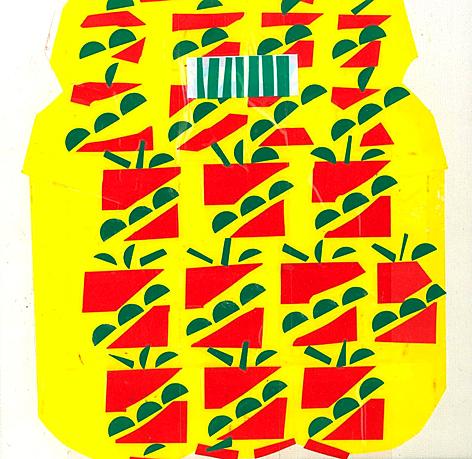
Photo courtesy of Wu Chien-yi
“Everyone refused to purchase them. The items all became highly recognizable,” Wu says.
Though Wu has created about 400 canvases, only eight have been purchased so far, most by customers who found her artwork through 5100 Mini-Store’s blog or Ruten.
“She hasn’t sold a lot of canvases, but she is using the Internet as a platform to talk about consumer value and I think that is something only young artists can do, because the Internet is such a big part of their life and using it is completely natural to them,” says Wang, the head of the Center for the Study of Art and Technology at the Taipei National University of the Arts (國立台北藝術大學).
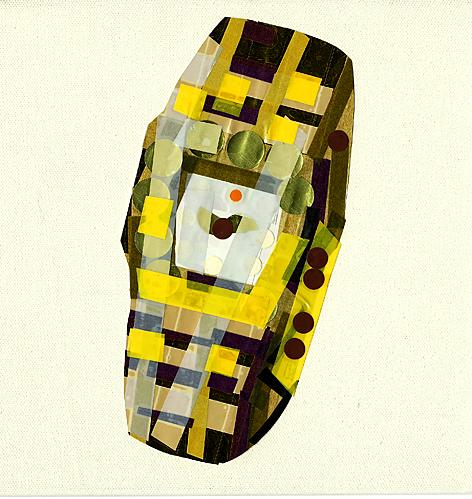
Photo courtesy of Wu Chien-yi
Wu chose tape because it is a common household material. Rolls of tape are stacked on a worktable that has been set up in the Taipei Fine Arts Museum installation, and bits of the material overflow from three trash cans. During the opening day of the Taipei Arts Award exhibition, Wu sat at the table and worked on a canvas.
“One of the things I want to do was to make my process as transparent as possible, so everyone knows how I work and what materials I work with,” says Wu.
Wu plans to keep creating new canvases for 5100 Mini-Store, including a series that will focus on art supplies. Now that her canvases are listed online, Wu says people sometimes stumble upon 5100 Mini-Store’s “items” while searching for the original object.
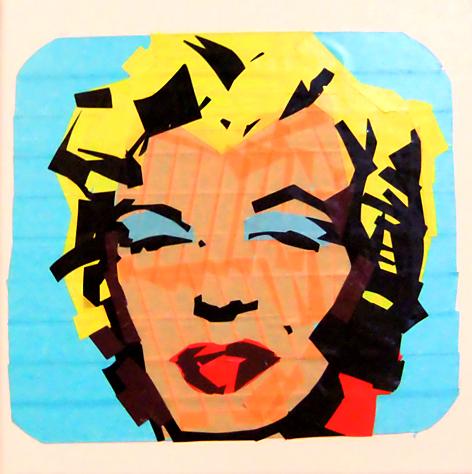
Photo courtesy of Wu Chien-yi
“Someone saw my work in a Google search, and said it was easy to recognise what the items were without reading the descriptions,” says Wu.
“Sometimes people go looking for the actual item and this is what they find instead. It gives it new life,” she adds. “When you go shopping online, you don’t know what you will actually end up with.”
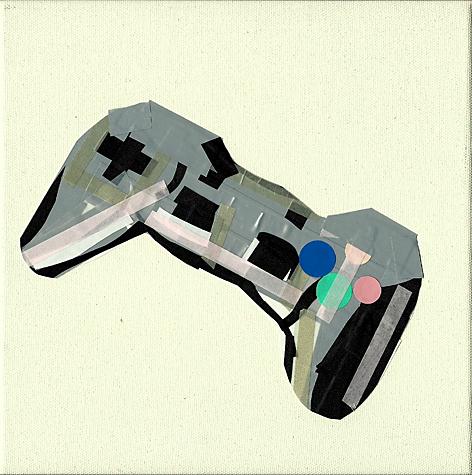
Photo courtesy of Wu Chien-yi
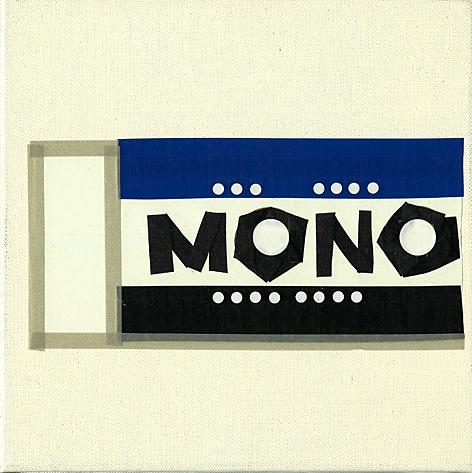
Photo courtesy of Wu Chien-yi
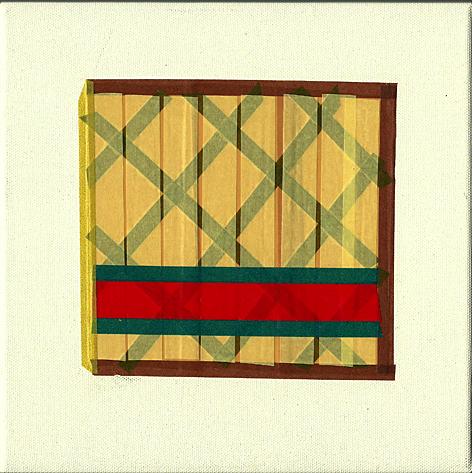
Photo courtesy of Wu Chien-yi

Photo courtesy of Wu Chien-yi

With one week left until election day, the drama is high in the race for the Chinese Nationalist Party (KMT) chair. The race is still potentially wide open between the three frontrunners. The most accurate poll is done by Apollo Survey & Research Co (艾普羅民調公司), which was conducted a week and a half ago with two-thirds of the respondents party members, who are the only ones eligible to vote. For details on the candidates, check the Oct. 4 edition of this column, “A look at the KMT chair candidates” on page 12. The popular frontrunner was 56-year-old Cheng Li-wun (鄭麗文)

“How China Threatens to Force Taiwan Into a Total Blackout” screamed a Wall Street Journal (WSJ) headline last week, yet another of the endless clickbait examples of the energy threat via blockade that doesn’t exist. Since the headline is recycled, I will recycle the rebuttal: once industrial power demand collapses (there’s a blockade so trade is gone, remember?) “a handful of shops and factories could run for months on coal and renewables, as Ko Yun-ling (柯昀伶) and Chao Chia-wei (趙家緯) pointed out in a piece at Taiwan Insight earlier this year.” Sadly, the existence of these facts will not stop the

Oct. 13 to Oct. 19 When ordered to resign from her teaching position in June 1928 due to her husband’s anti-colonial activities, Lin Shih-hao (林氏好) refused to back down. The next day, she still showed up at Tainan Second Preschool, where she was warned that she would be fired if she didn’t comply. Lin continued to ignore the orders and was eventually let go without severance — even losing her pay for that month. Rather than despairing, she found a non-government job and even joined her husband Lu Ping-ting’s (盧丙丁) non-violent resistance and labor rights movements. When the government’s 1931 crackdown
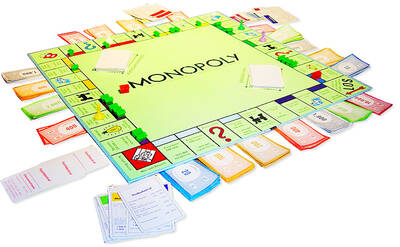
The first Monopoly set I ever owned was the one everyone had — the classic edition with Mr Monopoly on the box. I bought it as a souvenir on holiday in my 30s. Twenty-five years later, I’ve got thousands of boxes stacked away in a warehouse, four Guinness World Records and have made several TV appearances. When Guinness visited my warehouse last year, they spent a whole day counting my collection. By the end, they confirmed I had 4,379 different sets. That was the fourth time I’d broken the record. There are many variants of Monopoly, and countries and businesses are constantly